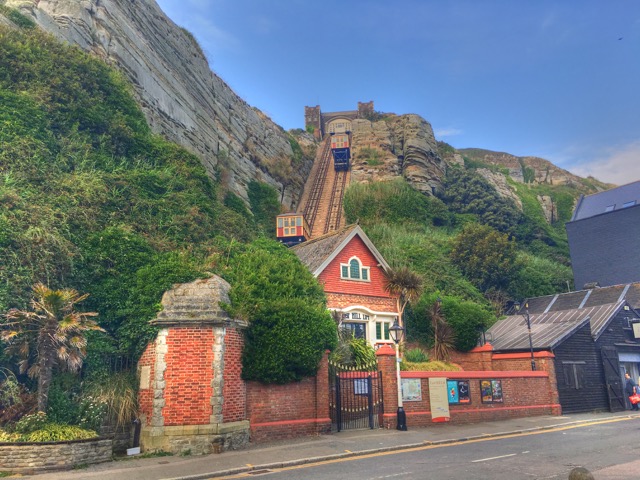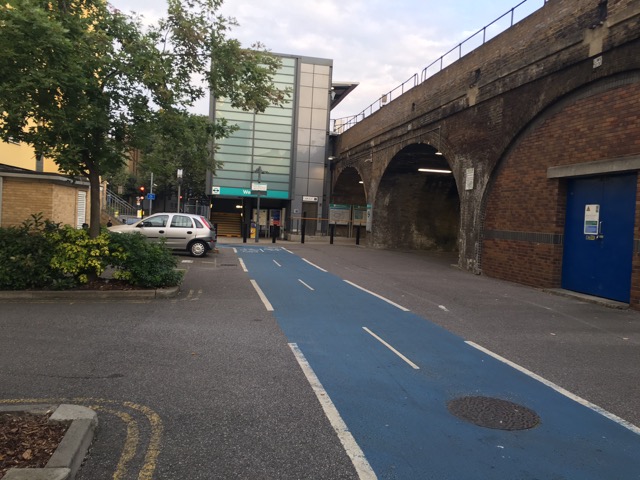In 2008, Santa Clara County voters approved a sales tax increase to build a BART line to San Jose. But cost overruns have forced the county’s Valley Transportation Authority (VTA) to go back to the voters for yet another tax increase. To make it more attractive, it says only a quarter of the tax increase will go to BART while the rest will be used for highways, bikeways, and some transit projects.
As described in the San Jose Mercury-News, the list of projects looks balanced: $1.5 billion for BART, $1.2 billion for street repairs, $1.85 billion for highways, $1.0 billion for CalTrains, $500 million for “transit for vulnerable and underserved populations,” and $250 million for pedestrian and bikeway improvements. A closer look at the measure, however, reveals that it is anything but balanced.
The $1.2 billion for “street repairs” is actually going to go for “complete streets” programs, which means taking away street capacity from cars and giving it to transit, bikes, and pedestrians. A significant chunk of the $1.85 billion for highways will actually go to constructing bus-rapid transit lanes, and some may even go for a new light-rail line. Motor vehicle users will be lucky to see any projects that actually relieve traffic congestion.









